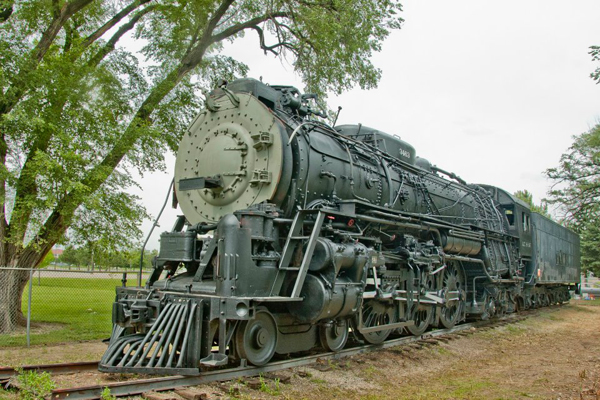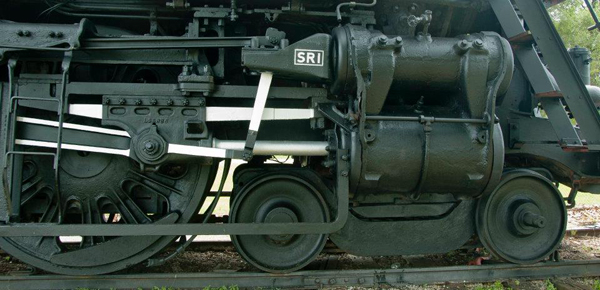Can an old, restored steam locomotive be the harbinger for a new era in cleaner train travel? That’s what a Minnesota based collaboration between the University of Minnesota’s Institute on the Environment (IonE) and the nonprofit Sustainable Rail International (SRI) are betting on, unveiling plans via their new Coalition for Sustainable Rail (CSR) for a biofuel powered, carbon-neutral locomotive.
While it could be argued high speed rail (HSR) is a cleaner option for trains versus one making use of biofuels, a combination of prohibitive costs and infrastructure challenges make HSR domestically a not always favorable option. Also, in many parts of the developing world, HSR, for the same reasons, will never be a reality. That leaves the need for more regular, cleaner burning locomotives to take to the tracks.

The CSR plan calls for making use of torrefied biomass (biocoal), a biofuel created through “an energy-efficient processing” of cellulosic biomass, as the fuel source. Biocoal is described by the groups behind this as effectively being carbon neutral – compared to regular coal anyhow – as well as containing no heavy metals and producing less ash, smoke and volatile off-gases.
CSR Project 130, as it is called, has the goal of creating not only the world’s cleanest locomotive to prove the viability of solid biofuel and modern steam locomotive technology, but also the most powerful, especially when compared to the diesel electrics commonly in use today. The vision for the technology being developed in this process is to help build a locomotive that can reach speeds of 130 miles per hour, breaking the world record for steam locomotive speed, which is currently 126 MPH.
So exactly how would it outperform these more “modern” diesel electrics, while also setting a new world speed record? CSR spells out that, noting that diesel-electric passenger locomotives develop maximum horsepower at low speed which, when combined with other factors, are hampered in their “ability to reach full potential at 110 or 125 mph.” By comparison, modern steam technology is said to develop and “maintain maximum horsepower above 40 mph, enabling higher speed acceleration than alternatives available today” What’s more, they say, is that this faster acceleration, making use of their steam engine technology, reportedly can be done “at or below the cost of the diesel-electrics” currently in use.
The locomotive being called upon to help prove all of this is old number 3463, acquired by the coalition from its former owner, Great Overland Station in Topeka, Kansas, this past November. Said to be the largest locomotive of its type left in the world and featuring the largest wheels of any North American engine, 3463 is being rebuilt and modernized, including converting it to burn biocoal. It will feature what CSR says are a “gas-producer combustion system, improved steam circuit, modernized boiler, low-maintenance running gear and steam-powered electric generator (to power the passenger train).”

It is a lot to place on the shoulders of an old lady from another era, especially when you consider this train was built by Baldwin Locomotive Works in 1937 for the Atchison, Topeka and Santa Fe Railroad. If it succeeds though, CSR folk feel, it could be a major breakthrough for modern train technology.
“This project presents a novel approach to U.S. locomotive development, looking to technologies of the past to inspire solutions for today’s sustainability challenges,” said SRI President Davidson Ward, in a statement. “I’m confident that the leading energy researchers we’re working with at the University of Minnesota, along with our team of engineers, will be able to bring this technology to the forefront of America’s energy and transportation conversations.”
Plans, say CSR, are to move the locomotive to Minneapolis within the next 12 months. Once moved, they will complete the detailed engineering needed to modernize and reconfigure the locomotive.